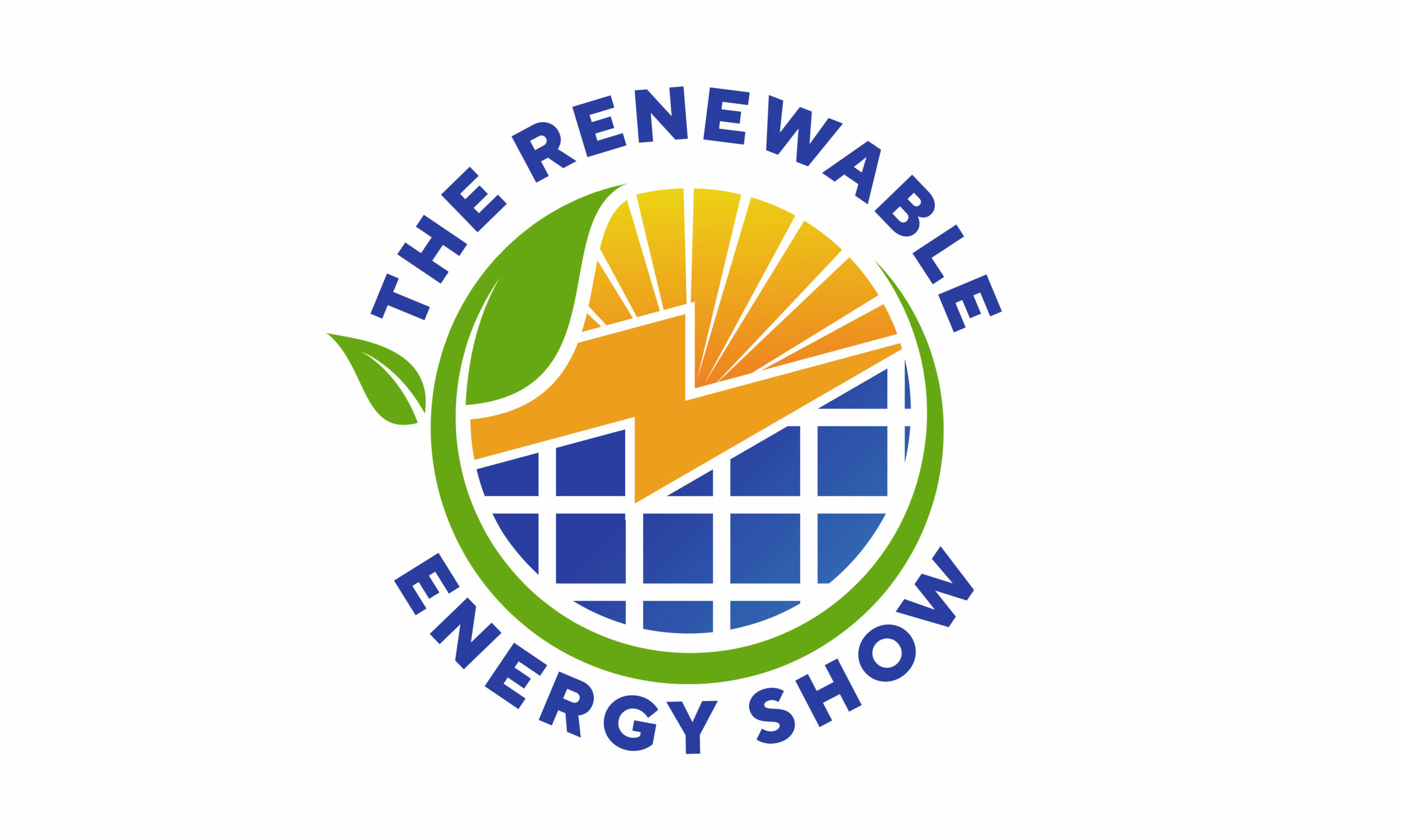As we navigate the complexities of climate change, environmental degradation, and social injustices, one question lingers in the back of our minds: can we truly achieve sustainability without transforming our resource systems? The answer lies in the intricate dance between human needs, technological advancements, and environmental stewardship. In this article, we’ll delve into the concept of sustainable resource systems, exploring their significance, challenges, and potential solutions.
Sustainable resource systems refer to the interconnected networks of natural resources, human activities, and technological innovations that provide the foundation for economic growth, social well-being, and environmental resilience. These systems encompass everything from forestry and fisheries to energy production and waste management. However, the current state of resource systems is far from sustainable, with many facing the pressures of overexploitation, pollution, and climate change.
One of the primary challenges in establishing sustainable resource systems is the disconnect between short-term economic gains and long-term environmental consequences. The pursuit of profit often takes precedence over environmental and social considerations, leading to the depletion of natural resources, deforestation, and habitat destruction. For instance, the production of palm oil, a ubiquitous ingredient in many consumer products, has been linked to widespread deforestation and habitat loss in Southeast Asia. Similarly, the extraction of fossil fuels has contributed significantly to greenhouse gas emissions, driving climate change.
So, what can be done to transform our resource systems and achieve sustainability? One approach is to adopt a circular economy model, where resources are kept in use for as long as possible, waste is minimized, and the environmental impacts of production and consumption are substantially reduced. This requires a fundamental shift in the way we design, produce, and consume products, as well as how we manage waste and resources.
Technological innovations can also play a crucial role in creating sustainable resource systems. For example, renewable energy sources like solar and wind power are becoming increasingly cost-competitive with fossil fuels, providing a cleaner alternative for energy production. Additionally, advancements in biotechnology and biomaterials are enabling the development of sustainable materials and products, such as bioplastics and biofuels.
Another essential aspect of sustainable resource systems is social equity and justice. The benefits and costs of resource management must be distributed fairly among all stakeholders, including local communities, indigenous peoples, and future generations. This requires a participatory approach to decision-making, where the needs and concerns of diverse groups are taken into account. In many cases, this means recognizing and respecting traditional knowledge and practices related to resource management, such as indigenous peoples’ expertise on forest management and wildlife conservation.
In conclusion, achieving sustainability in our resource systems is a complex and multifaceted challenge. It requires a willingness to transform our economic and social systems, adopt new technologies, and prioritize environmental stewardship and social equity. By acknowledging the interconnectedness of human needs, technological innovations, and environmental resilience, we can create sustainable resource systems that support human well-being, social justice, and ecological balance. The question remains: are we ready to take the first step towards a more sustainable future?
